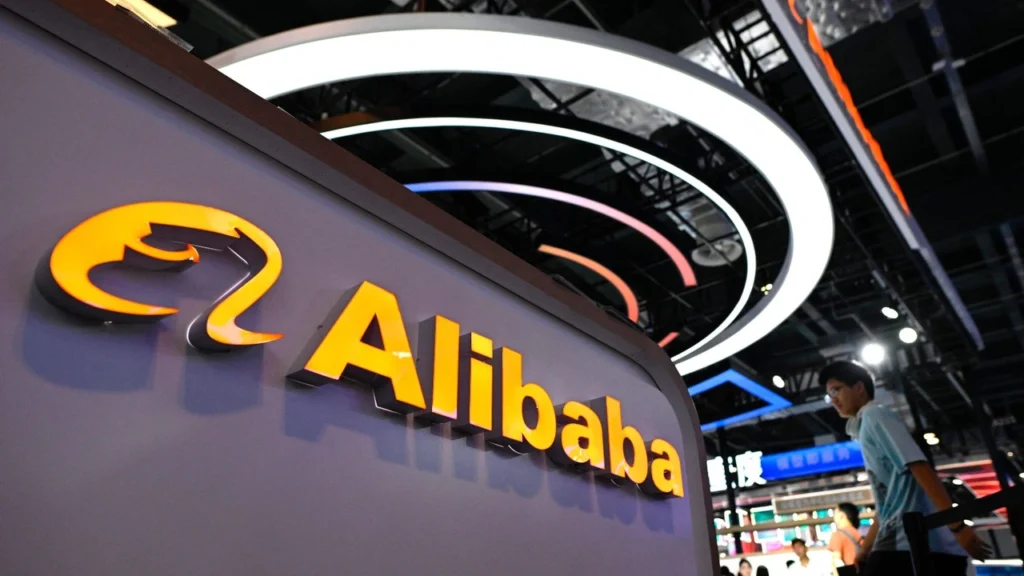Chinese e-commerce giant Alibaba has made its video- and image-generating artificial intelligence (AI) model, Wan 2.1, publicly available. The company announced this on Wednesday, marking a significant step toward expanding access to advanced AI technology. This move is expected to increase the adoption of its AI model and heighten competition in the rapidly evolving artificial intelligence sector.
Alibaba’s decision aligns with a growing trend among tech firms, including DeepSeek, which earlier this year made headlines by launching cost-effective open-source models. These models have attracted significant interest from investors and industry experts, rivaling offerings from established players like OpenAI.
Four Variants of Wan 2.1 Now Available Alibaba has introduced four variants of its Wan 2.1 model:
- T2V-1.3B
- T2V-14B
- I2V-14B-720P
- I2V-14B-480P
These models can generate high-quality images and videos from both text and image inputs. The “14B” in the naming convention signifies that these models can process up to 14 billion parameters, allowing for more detailed and accurate outputs. The AI models are now accessible on Alibaba Cloud’s ModelScope and HuggingFace, enabling researchers, academics, and businesses to utilize them globally.
Advancing AI Capabilities
Alibaba first introduced its video- and image-generating AI model in January 2024 under the name Wanx before later simplifying it to Wan. The model has gained recognition for producing highly realistic visuals, demonstrating significant advancements in generative AI technology.
A key highlight of Wan 2.1 is its top-ranking position on VBench, a respected leaderboard for video-generative models. The model excels in various functionalities, particularly in multi-object interactions, positioning it as a leading AI tool in the field.
Increasing Competition in AI
By making Wan 2.1 open-source, Alibaba joins a growing number of companies that are democratizing access to AI tools. DeepSeek, for instance, has made waves in the AI community with its low-cost, high-performance models. The industry is witnessing increased competition among tech firms striving to push the boundaries of AI capabilities.
Alibaba’s move also reflects a broader trend where companies aim to enhance their AI models by engaging with a global community of researchers and developers. Open-sourcing AI models allows for faster improvements, greater transparency, and wider adoption across different industries.
Future Developments: QwQ-Max AI Model
In addition to Wan 2.1, Alibaba is working on an advanced AI reasoning model called QwQ-Max. On Tuesday, the company released a preview of QwQ-Max, revealing plans to make it open-source once fully developed. This AI model is expected to further Alibaba’s footprint in artificial intelligence, particularly in reasoning and problem-solving applications.
Alibaba’s decision to release Wan 2.1 to the public marks a significant milestone in the AI landscape. By offering multiple variants with advanced capabilities, the company is fostering innovation and competition in the AI industry. The move will likely drive adoption across various sectors, including research, entertainment, and commercial applications.
With the upcoming launch of QwQ-Max, Alibaba continues to position itself as a major player in the AI space. As AI technology advances, the race to develop more sophisticated and accessible models will only intensify.
For more updates on AI developments, visit News Xpress Online.

